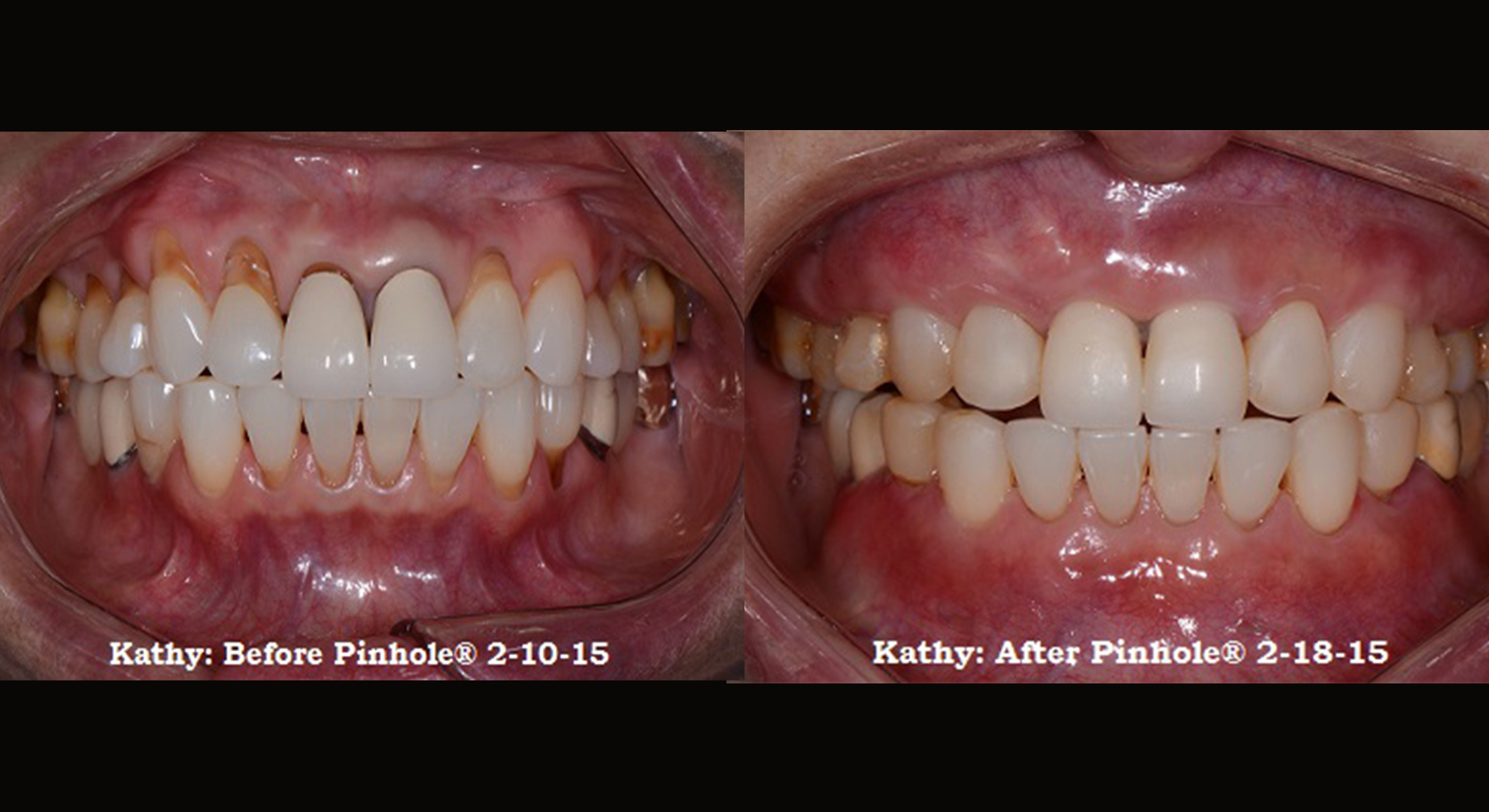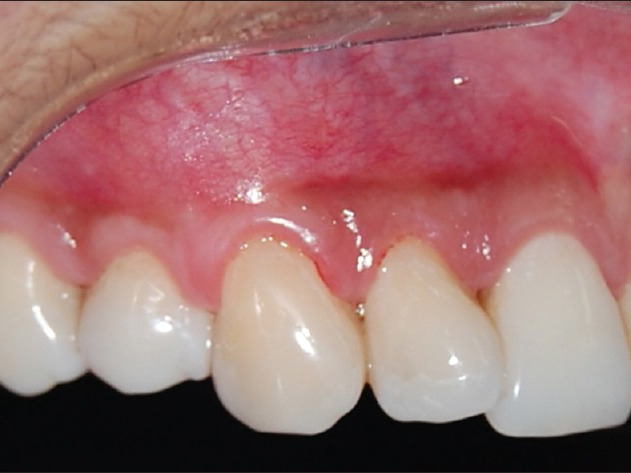Pinhole Gum Procedure

The pinhole gum procedure, also known as the pinhole surgical technique, is a minimally invasive method used to treat gum recession. This revolutionary approach has gained popularity in recent years due to its simplicity, effectiveness, and patient-friendly nature. In this article, we will delve into the details of the pinhole gum procedure, exploring its benefits, the treatment process, and what patients can expect during and after the procedure.
Understanding Gum Recession
Gum recession, also known as gingival recession, is a common condition where the gum tissue surrounding the teeth pulls back, exposing the roots of the teeth. This can lead to sensitivity, discomfort, and an increased risk of tooth decay and gum disease. Gum recession can be caused by a variety of factors, including poor oral hygiene, aggressive brushing, genetics, and certain medical conditions.
The Pinhole Gum Procedure: A Game-Changer
The pinhole gum procedure was developed by Dr. John Chao, a renowned dentist and periodontist, as a alternative to traditional gum grafting surgery. This procedure uses a small pinhole-sized incision in the gum tissue to loosen and reposition the gum, covering the exposed roots. The pinhole technique is a breakthrough in dentistry, offering a faster, less invasive, and more comfortable treatment option for patients with gum recession.
The Treatment Process
The pinhole gum procedure is typically performed under local anesthesia to minimize discomfort. The treatment process involves the following steps:
- Preparation: The dentist will prepare the area by cleaning and disinfecting the teeth and gums.
- Pinhole incision: A small pinhole-sized incision is made in the gum tissue, usually between 1-2 millimeters in diameter.
- Gum loosening: A specialized instrument is used to loosen the gum tissue, allowing it to be repositioned over the exposed roots.
- Gum repositioning: The gum tissue is gently repositioned to cover the exposed roots, using a combination of manual manipulation and specialized tools.
- Stabilization: The gum tissue is stabilized using a small amount of collagen or other biomaterials to help it heal in its new position.
Benefits of the Pinhole Gum Procedure
The pinhole gum procedure offers numerous benefits, including:
- Minimally invasive: The procedure requires only a small pinhole-sized incision, resulting in less trauma to the gum tissue and reduced healing time.
- Less discomfort: The procedure is typically performed under local anesthesia, and patients often report minimal discomfort or pain during and after the treatment.
- Faster recovery: The pinhole technique allows for a faster recovery time, with most patients able to return to their normal activities within a few days.
- No sutures or stitches: The small incision is self-healing, eliminating the need for sutures or stitches.
- Natural-looking results: The procedure helps to restore a natural, healthy appearance to the gums and teeth.
Comparison to Traditional Gum Grafting
Traditional gum grafting surgery involves taking tissue from the roof of the mouth or other areas of the body and grafting it onto the affected area. While this procedure can be effective, it often requires a longer recovery time, more discomfort, and a higher risk of complications. The pinhole gum procedure, on the other hand, offers a faster, less invasive, and more comfortable alternative.
| Procedure | Recovery Time | Discomfort Level | Risk of Complications |
|---|---|---|---|
| Pinhole Gum Procedure | 1-3 days | Minimal | Low |
| Traditional Gum Grafting | 1-2 weeks | Moderate to severe | Higher |

FAQ Section
What is the pinhole gum procedure?
+The pinhole gum procedure is a minimally invasive treatment for gum recession that involves making a small pinhole-sized incision in the gum tissue to loosen and reposition the gum, covering the exposed roots.
Is the pinhole gum procedure painful?
+The procedure is typically performed under local anesthesia, and patients often report minimal discomfort or pain during and after the treatment.
How long does the pinhole gum procedure take to recover from?
+The recovery time for the pinhole gum procedure is typically 1-3 days, with most patients able to return to their normal activities within a few days.
Conclusion
The pinhole gum procedure is a revolutionary treatment option for gum recession, offering a minimally invasive, patient-friendly, and effective solution. By understanding the benefits and treatment process of this procedure, patients can make informed decisions about their oral health and take the first step towards achieving healthier, more attractive gums and teeth. As with any dental treatment, it is essential to consult with a qualified dentist or periodontist to determine the best course of treatment for your individual needs.


